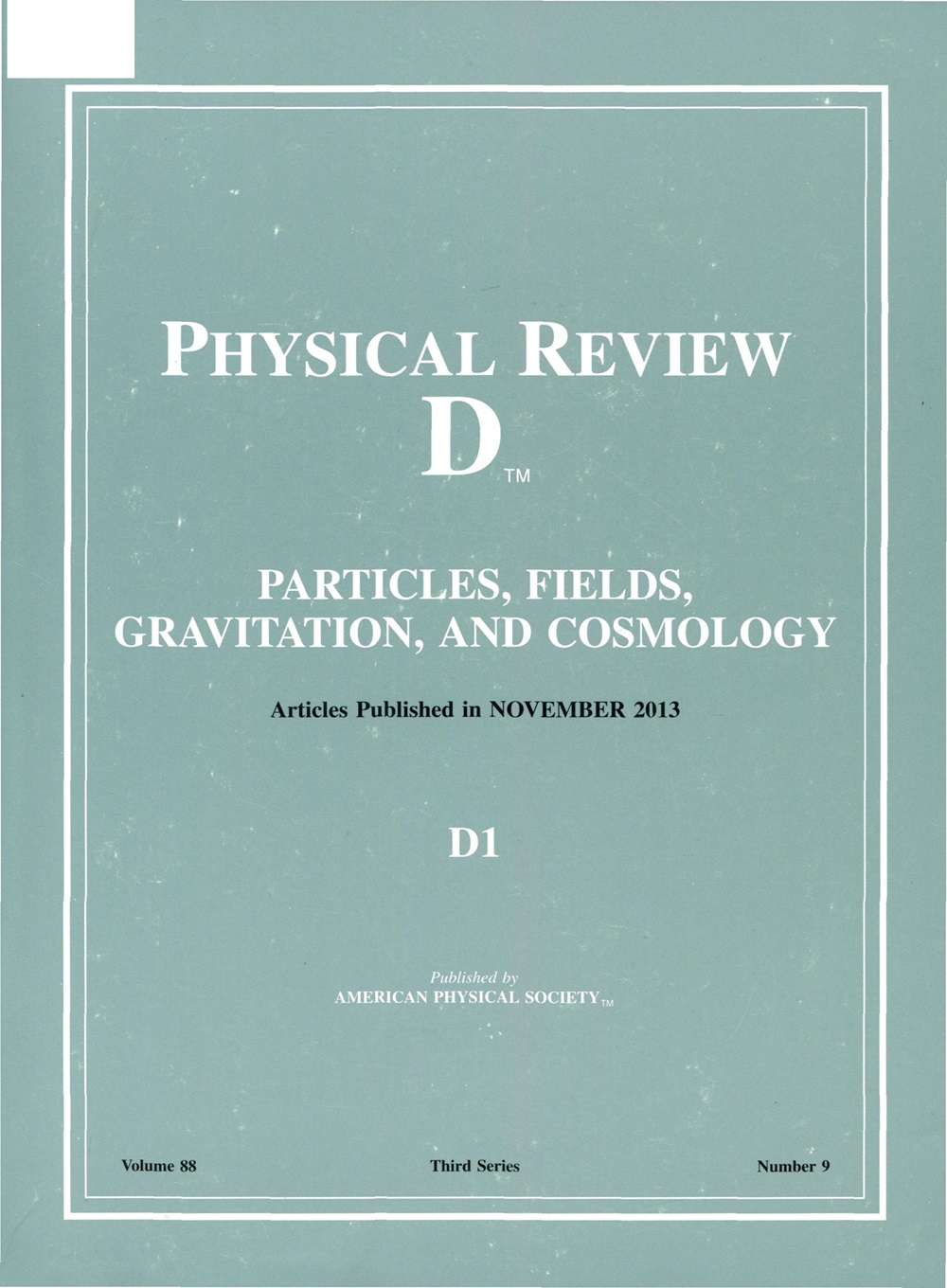Building the case for forward muon detection at a muon collider
IF 5
2区 物理与天体物理
Q1 Physics and Astronomy
引用次数: 0
Abstract
We survey the opportunities offered by the detection of the forward muons that accompany the creation of neutral effective vector bosons at a muon collider, in different kinematic regimes. Vectors with relatively low energy produce the Higgs boson and the extended muon angular coverage enables studies of the Higgs properties, such as the measurement of the inclusive production cross section and the branching ratio to invisible final states. New heavy particles could be produced by vectors of higher energy, through Higgs portal interactions. If the new particles are invisible, the detection of the forward muons is essential in order to search for this scenario. The angular correlations of the forward muons are sensitive to the quantum interference between the vector-boson helicity amplitudes and can be exploited for the characterization of vector-boson scattering and fusion processes. This is illustrated by analyzing the CP properties of the Higgs coupling to the求助全文
约1分钟内获得全文
求助全文
来源期刊

Physical Review D
物理-天文与天体物理
CiteScore
9.20
自引率
36.00%
发文量
0
审稿时长
2 months
期刊介绍:
Physical Review D (PRD) is a leading journal in elementary particle physics, field theory, gravitation, and cosmology and is one of the top-cited journals in high-energy physics.
PRD covers experimental and theoretical results in all aspects of particle physics, field theory, gravitation and cosmology, including:
Particle physics experiments,
Electroweak interactions,
Strong interactions,
Lattice field theories, lattice QCD,
Beyond the standard model physics,
Phenomenological aspects of field theory, general methods,
Gravity, cosmology, cosmic rays,
Astrophysics and astroparticle physics,
General relativity,
Formal aspects of field theory, field theory in curved space,
String theory, quantum gravity, gauge/gravity duality.
 求助内容:
求助内容: 应助结果提醒方式:
应助结果提醒方式:


